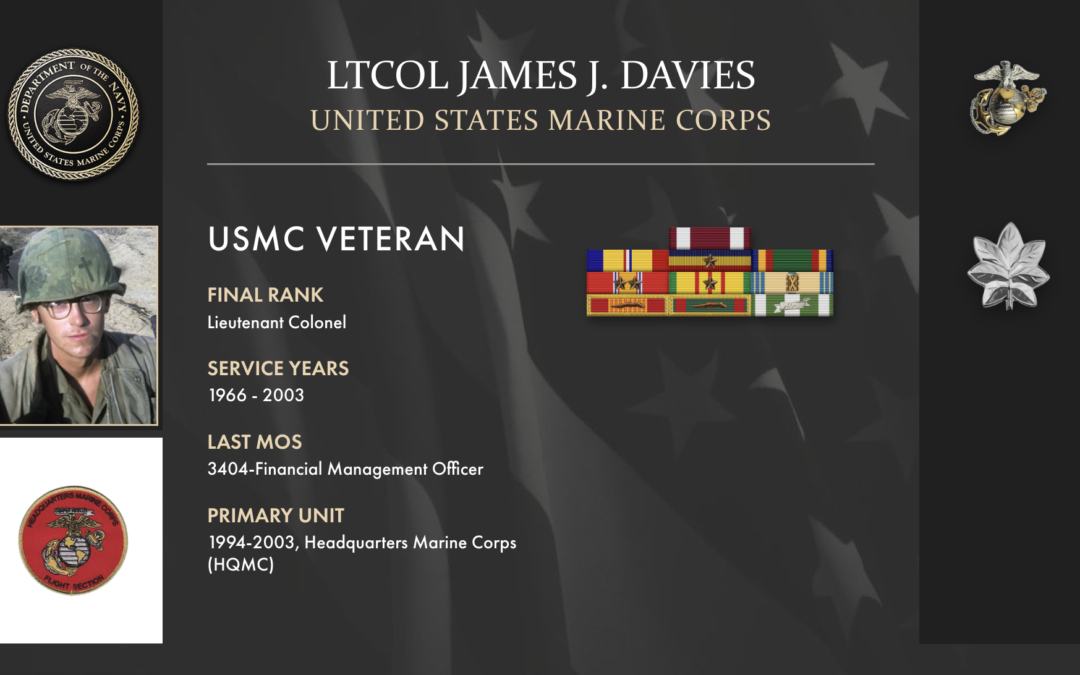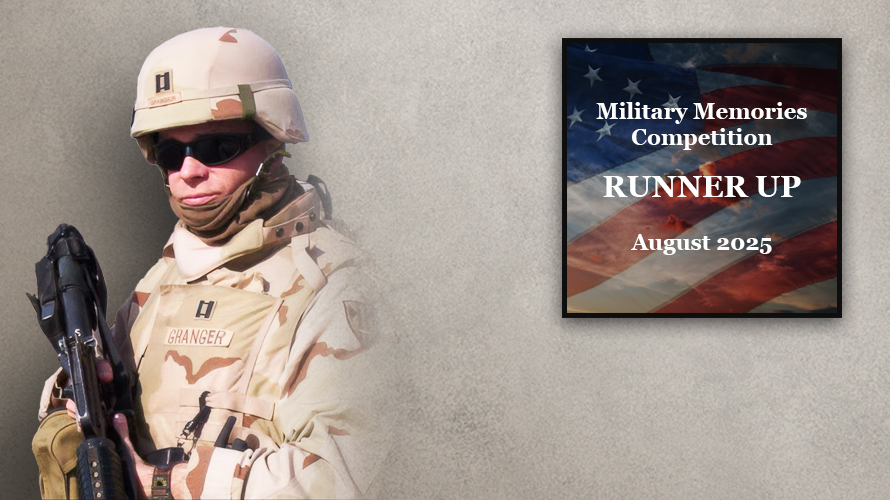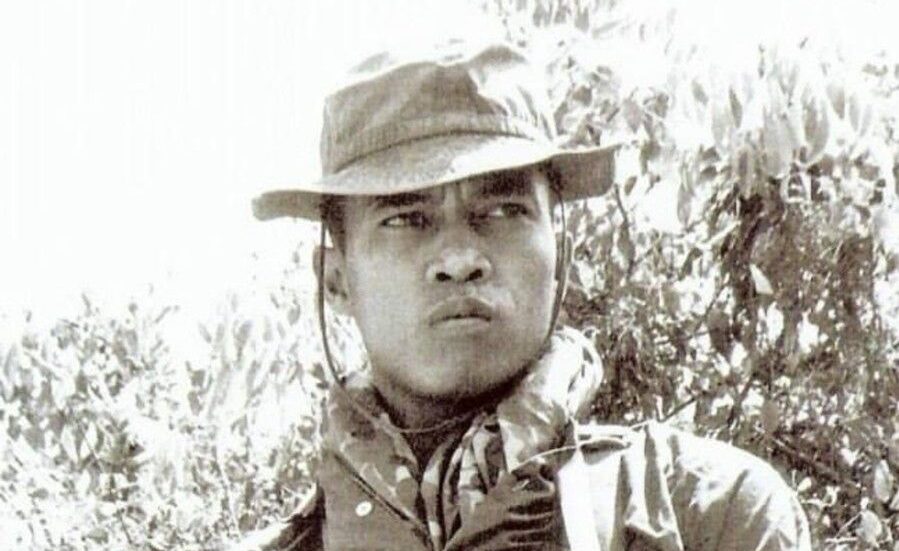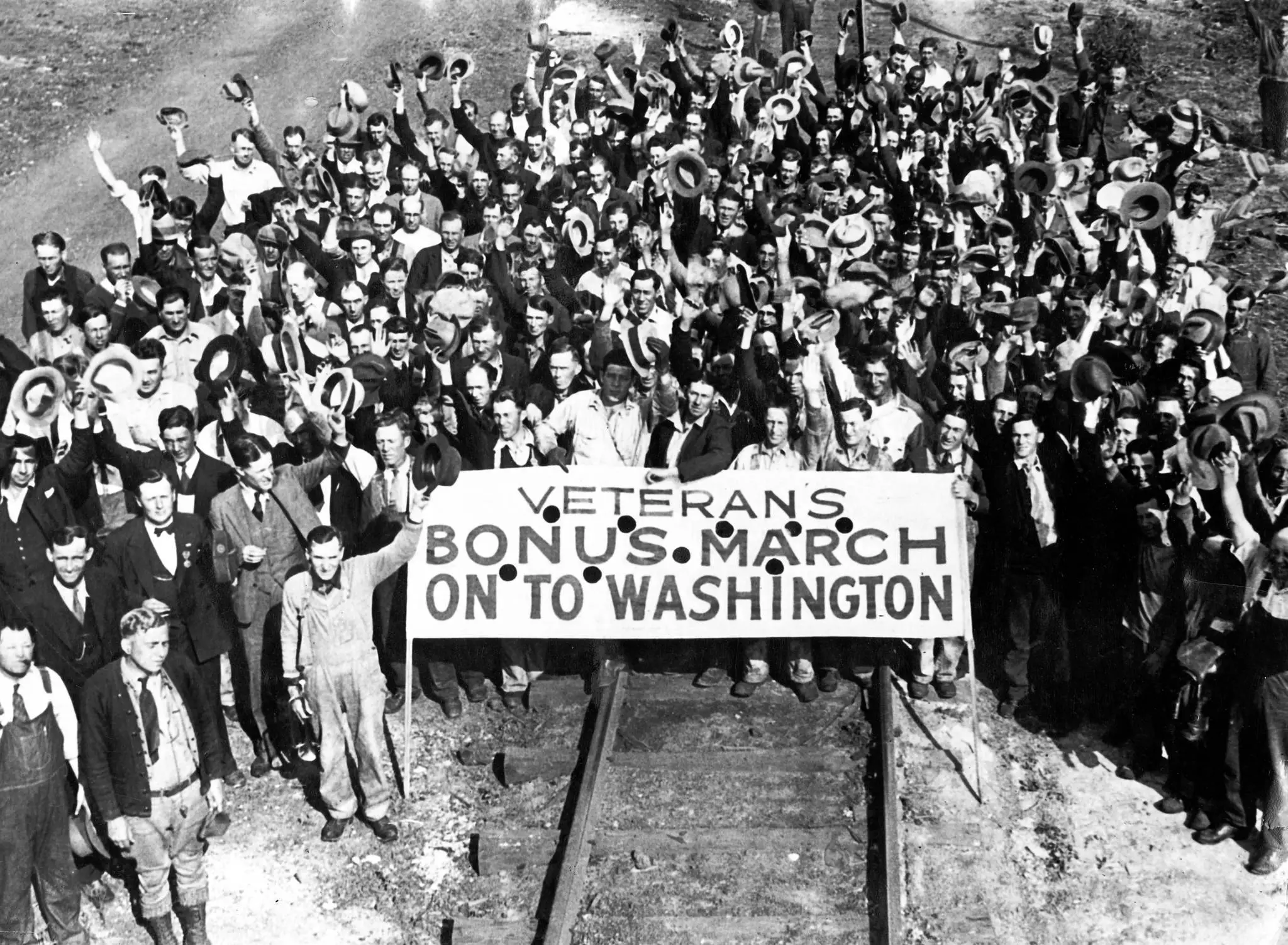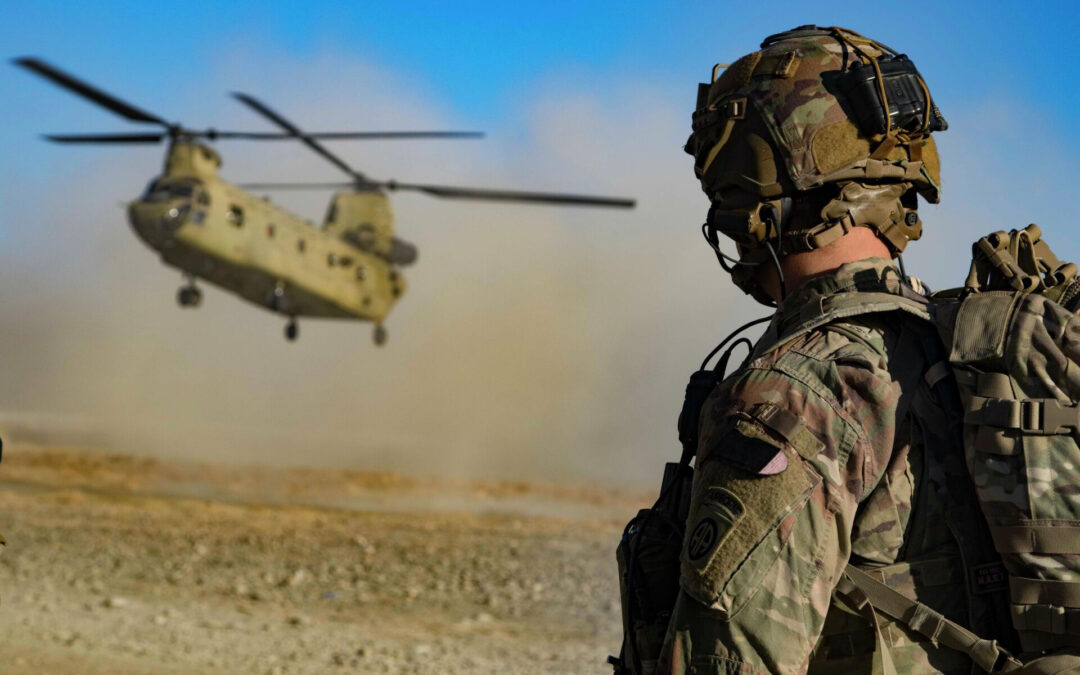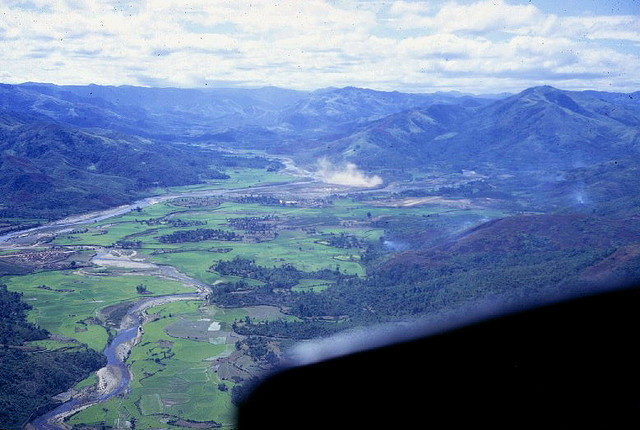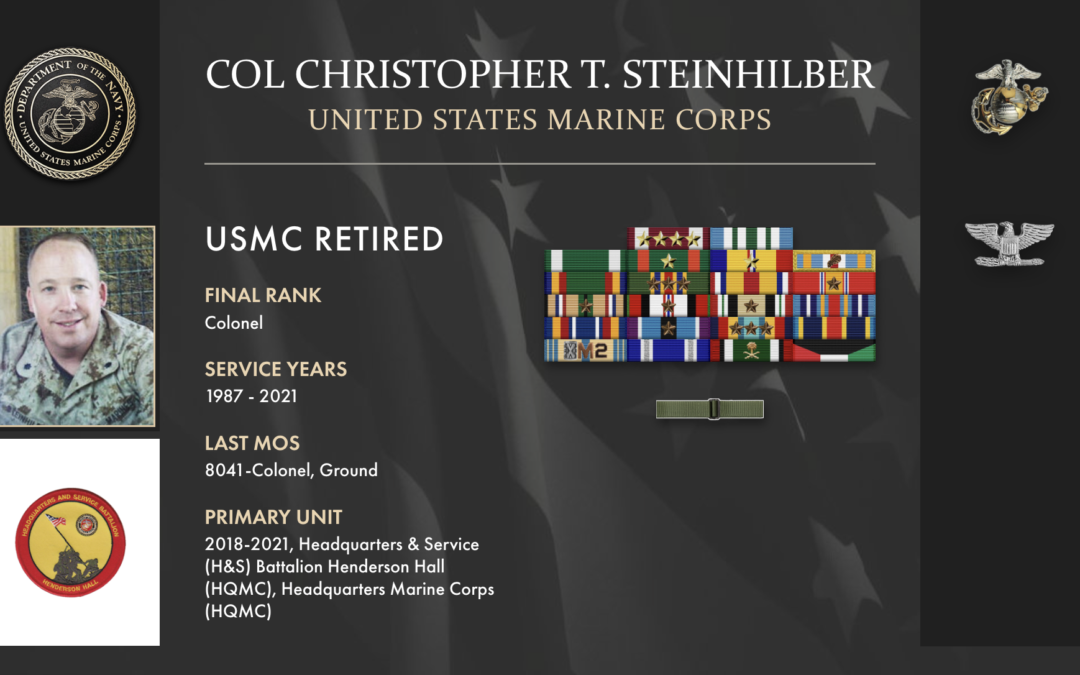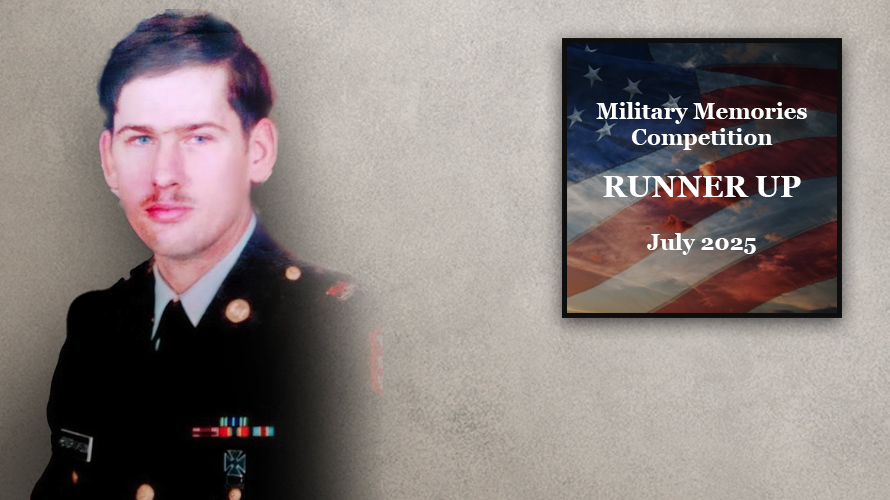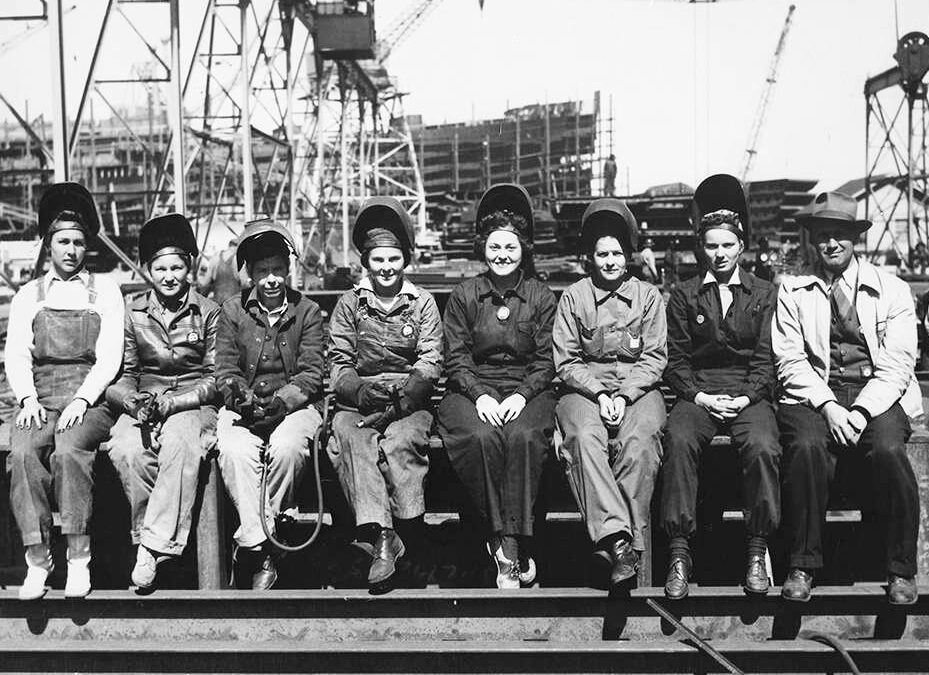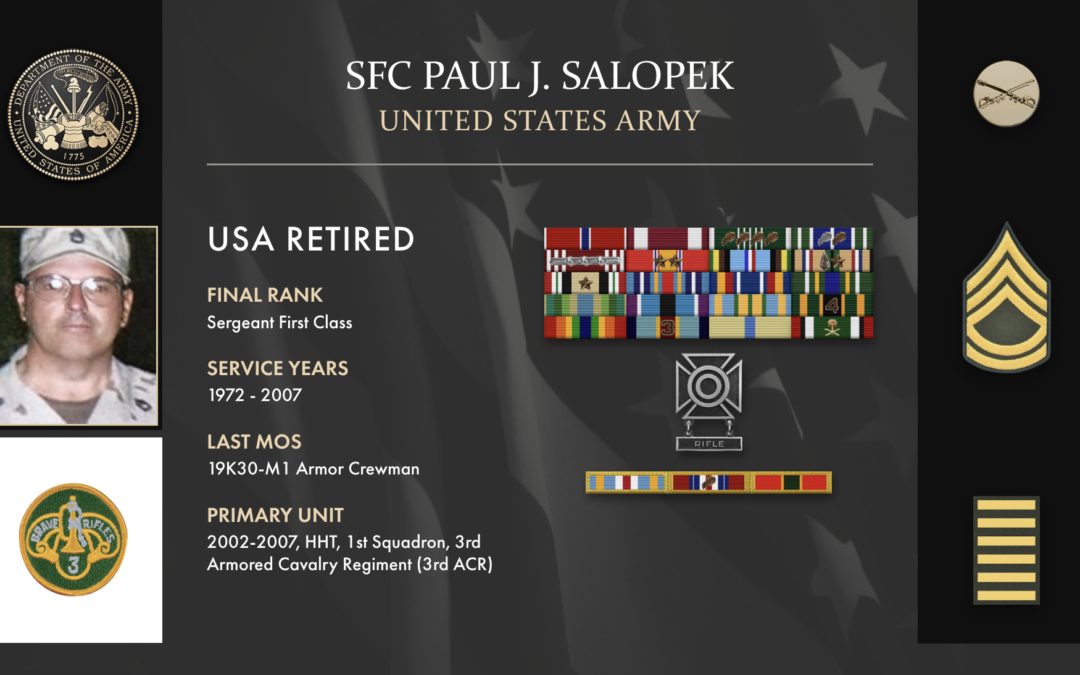Mounting a knife on the end of a rifle might seem like an antiquated tactic, especially when the enemy is bearing down on you with automatic weapons, explosives, and whatever else they brought to bear. Running at these killing machines with sharp, cold steel might seem like suicide. Stanley Adams Chose a Bayonet Charge The only problem with that point of view is that bayonet charges still work on the battlefields of today's wars, because there's nothing that instills fear in the enemy like...

